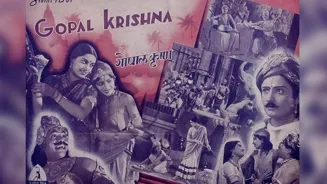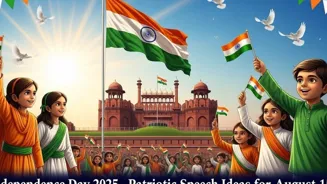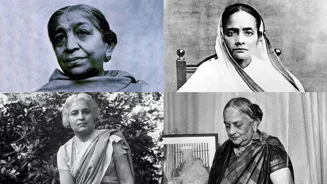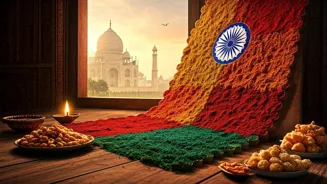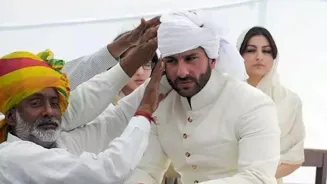How a devotional film quietly echoed Gandhi’s call for resistance through myth and music
In pre-Independence India, the screen was not just a medium for
stories—it was a mirror of national sentiment. Among the many mythological films made in the 1930s, Gopal Krishna (1938), produced by Prabhat Film Company, stood out for a unique reason. Though it narrates the childhood of Lord Krishna, it cleverly weaves in the themes of colonial resistance and Swaraj. Beneath the pastoral scenes of Gokul and the antics of young Krishna lay a quiet, calculated call to action. This Marathi film was not just a myth retold—it was India’s struggle reimagined.
Mythology with a political pulse
Unlike traditional retellings of Krishna’s divine play, Gopal Krishna downplayed the supernatural. There were a few miracles and more of Krishna as a thoughtful, spirited child living under a tyrannical king. The villain Kamsa wasn’t merely a demon king—he came to represent colonial oppression. His arbitrary taxes and violent edicts were unmistakably similar to the actions of the British Raj. The film’s writers used this familiar framework to subtly comment on exploitation and inspire resistance without overtly challenging censorship.

When refusing tribute meant defying empire
One of the central moments in the film is when Kamsa demands 500 cows from the people of Gokul. Krishna persuades the villagers to refuse. This act—refusing to part with their cattle, their livelihood—becomes the moral centre of the film. It echoes Gandhi’s Salt Satyagraha, where common people rejected imperial demands in peaceful but firm protest. In Gopal Krishna, Krishna doesn’t incite violence—he inspires unity. His strength is in organizing the people, not defeating the king through force.
The music of rebellion
Music in Gopal Krishna played a vital role in amplifying its emotional and symbolic power. Composer Master Krishnarao gave the film a devotional yet earthy soundtrack. One of the standout songs, “Hasat Nachat Gokul Sarela,” sung by Ram Marathe, gained popularity quickly. The tune captured Krishna’s playful resistance but also symbolized the joy of self-belief. These weren’t just bhajans—they were ballads of empowerment. The melodies stayed in people’s minds long after they left the theatre, reinforcing the film’s subtle message.

Prabhat's nationalist vision
Prabhat Film Company had a reputation for embedding reformist ideas in spiritual narratives. With earlier films like Sant Tukaram (1936), they had already demonstrated how religion could carry the language of resistance. Directors V.G. Damle and Sheikh Fattelal ensured that Gopal Krishna would do the same. The emphasis on rural realism, on community life, and on Krishna’s concern for justice made the story feel immediate and relevant. It wasn’t just a tale of the past—it was a parable for the present.
Gandhi, Krishna and the common man
In the 1930s, Mahatma Gandhi began using mythological metaphors to reach the masses. His references to Ram and Krishna weren’t just religious—they were political. Krishna, as the ‘makhan chor’, became a symbol of the innocent rebel. Gopal Krishna picked up on this image and extended it. The film’s Krishna wasn’t just divine—he was a thinking, feeling child who questioned power and inspired others. This alignment with Gandhian ideals was deliberate and deeply resonant.
A lasting metaphor
Gopal Krishna wasn’t banned or censored—it didn’t need to be. Its resistance was poetic, not polemic. It passed through the colonial radar because it spoke softly. Yet, audiences understood. The film became a quiet anthem of unity. Decades later, historians and film scholars would look back at it not just as a devotional classic, but as one of the earliest Indian films to turn mythology into a metaphor for freedom. In doing so, it redefined what cinema could mean in the fight for Swaraj.
